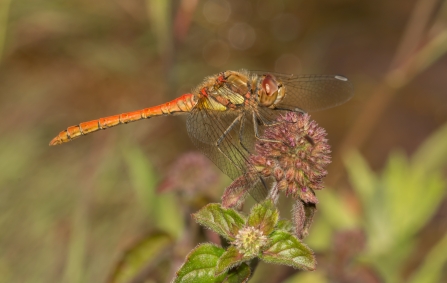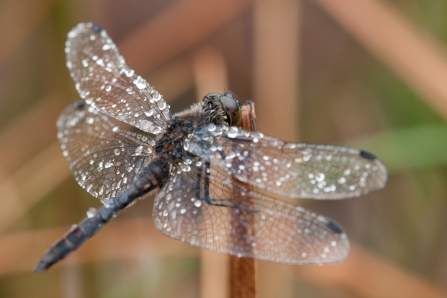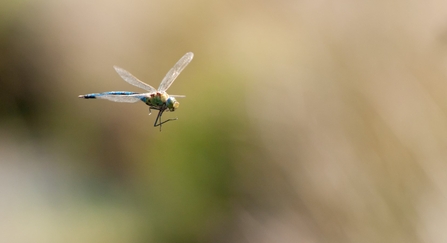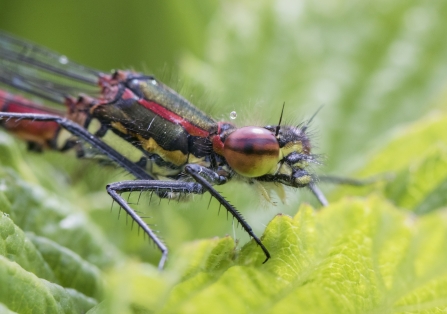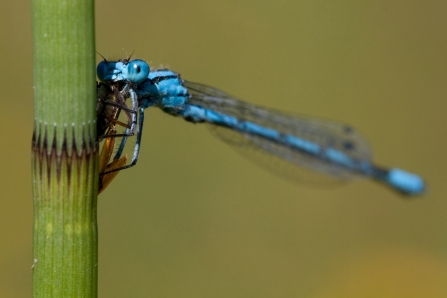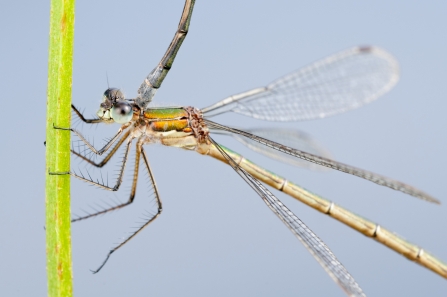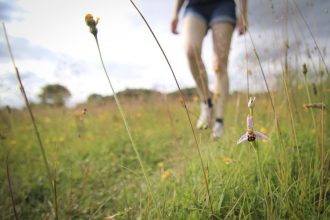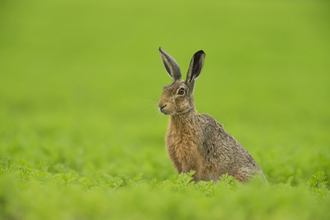Summer is the season of the dragonfly. On sunny days they can be seen zipping through woodland glades and wetland habitats, hunting down their insect-prey.
Dragonflies and damselflies belong to the order Odonata, which means toothed ones. Both are formidable, carnivorous predators but they are harmless to humans. In fact, they do us a great service by preying on much more bothersome insects like horseflies, midges and gnats. They are also a joy to watch fly - dragonflies were among the first creatures to gain flight nearly 300 million years ago and are now inspiring scientists who design future aircrafts. Dragonflies dart, they glide, they hover and they can move each of their four wings independently of the others. Some are bold, coming right up to your face for a good look, while others are skittish and dart about. Many of our reserves, including Little Woolden Moss, Brockholes and Mere Sands Wood are ideal habitats for dragonflies and damselflies, and thanks to the support of our members, we’re able to continue to manage our sites for the benefit of these ancient creatures.
At first glance, dragonflies and damselflies look similar but they have a few distinguishing features.
Dragonflies
- Chunky body
- Large, broad hind-wings and smaller front-wings
- Big eyes that touch at the top of their head
- Rest with their wings outstretched
Damselflies
- Slender body
- Front-wings that are the same shape as their hind-wings
- Eyes that are widely separated
- Rest with their wings folded along their body
Common dragonflies and damselflies
Here are some of the most common dragonfly and damselfly species to look out for on your next walk near water.


